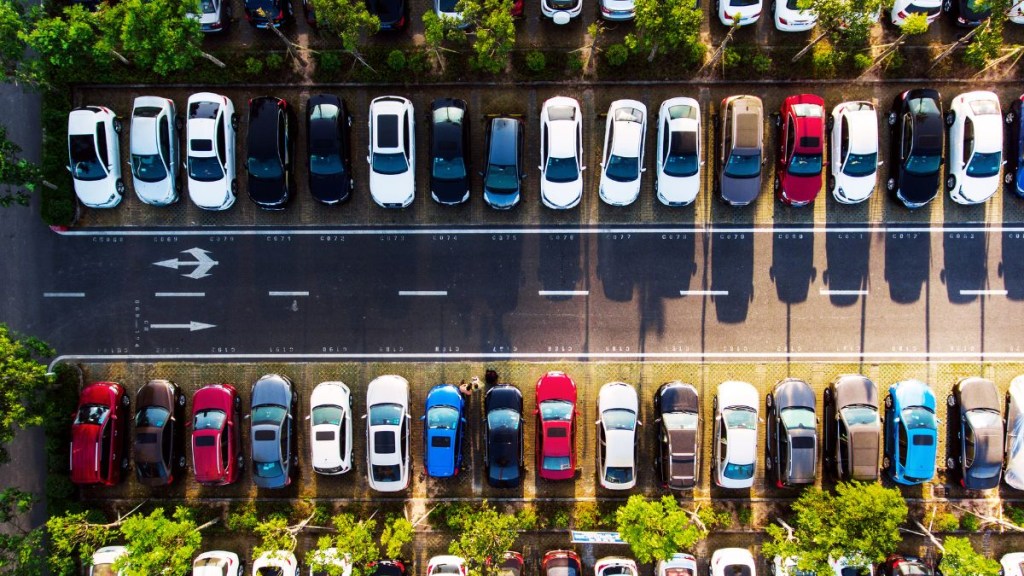The auto sector is one of the top sectors in focus after Finance Minister Nirmala Sitharaman announced the biggest revamp of the Goods and Services Tax (GST) regime since its rollout in 2017. With tax rates on small cars and commuter bikes cut sharply, investors will be focus on auto stocks like Maruti Suzuki, Tata Motors, Mahindra & Mahindra (M&M), and Hero MotoCorp.
The new structure which will be effective from September 22, could change pricing strategies, demand patterns, and even how automakers position their product portfolios. Let’s take a look at what are the key factors to watch out for-
Auto stocks in the spotlight
In the list of Auto sector companies like Maruti Suzuki, the market leader in small cars with this latest announcement stands to gain as models like Swift, Alto, and Brezza are set to become cheaper with GST falling to 18% from 28%.
In a similar line, Hero MotoCorp and Bajaj Auto may benefit from reduced levies on mass-market motorcycles under 350cc.
Mahindra & Mahindra and Tata Motors are also expected to see a demand boost for compact SUVs and entry-level cars. These are the categories that now fall in the lower tax slab.
According to analysts, the price cuts of 5-7% for popular hatchbacks and compact SUVs could revive volumes in the entry-level segment, which has been struggling with affordability issues in recent years.
Auto sector: What changes under GST 2.0?
The GST Council has scrapped the old 12% and 28% tax slabs into a simpler two-tier system, that is, 5% and 18%, with a higher 40% rate reserved for luxury and “sin” goods.
Breaking it down for automobiles, this means –
- Small cars (up to 1200cc petrol/1500cc diesel and under 4 metres) now attract 18% GST, down from 28%.
- Larger cars, hybrids above the small-car definition, and premium motorcycles above 350cc have moved to the 40% bracket.
- Pure electric vehicles continue to enjoy a 5% GST rate.
The removal of the additional cess, which previously added 1–22% over and above GST, is another game changer. For small cars, the overall tax burden is now flat at 18%, giving buyers much-needed relief.
Why small cars get the biggest relief
Small cars remain the foundation of India’s passenger vehicle market, even though their share has dipped from nearly 50% pre-pandemic to about one-third in FY25.
The government is effectively cutting the on-road cost of models like Maruti Swift, Tata Punch, and Hyundai i10 by reducing the GST. For two-wheelers, the decision is equally significant, as most commuter bikes fall under the 350cc threshold.
Premium and hybrid buyers face higher levies
Now, with this latest development, small cars and commuter bikes benefit, the story is different for hybrids and premium vehicles.
Petrol-electric and diesel-electric hybrids larger than small cars now face 40% GST, up from 28%.
Luxury SUVs and premium motorcycles like Royal Enfield’s larger engine models will also get costlier. However, since the cess is gone, the effective rise may be more modest for certain high-end categories compared to the earlier system.
Auto component sector set to see a boost
The revised GST slabs are also expected to boost auto component manufacturers. Vinnie Mehta, DG ACMA welcomed, “the Government’s decision to bring all auto components under a uniform 18% GST slab . This has been a long-standing recommendation of the industry. This landmark reform will help curb the grey market, ease compliance, support MSMEs, and enhance the global competitiveness and resilience of India’s automotive component industry.”
Brokerage view: Jefferies sees GST cuts revving up auto demand
Global brokerage Jefferies believes the GST overhaul will be a “big boost to auto demand, especially in two-wheelers and small passenger vehicles (sub-4m).” According to the brokerage report, the sharp rate cut from 28–31% to 18% in these categories could lower on-road prices by 6–8%, supporting volumes just ahead of the festive season.
On two-wheelers, Jefferies noted that “the GST rate on twi-wheelers up to 350cc engines has been reduced to 18% from 28% but for two-wheeler above 350cc engines has been raised to 40% from 31% (incl cess). This should benefit all two-wheeler OEMs, even including Eicher, where 90% of domestic volumes come from sub-350cc category.”
For passenger vehicles, the brokerage said, “the GST on small PVs (sub-4m) has been reduced from 28-31% to 18%. Large SUVs were previously at 45-50% (28% GST + cess), which will come down to 40%. This should be positive for all PV OEMs, including Mahindra’s large SUVs.”
Jefferies added that it recently raised its FY26-28 industry volume estimates for two-wheeler and PVs by 2–6%, driving 2–8% EPS upgrades for TVS, Hero MotoCorp, Maruti Suzuki and Hyundai. Its preferred picks remain TVS Motor, Mahindra & Mahindra and Maruti Suzuki, followed by Eicher Motors.

